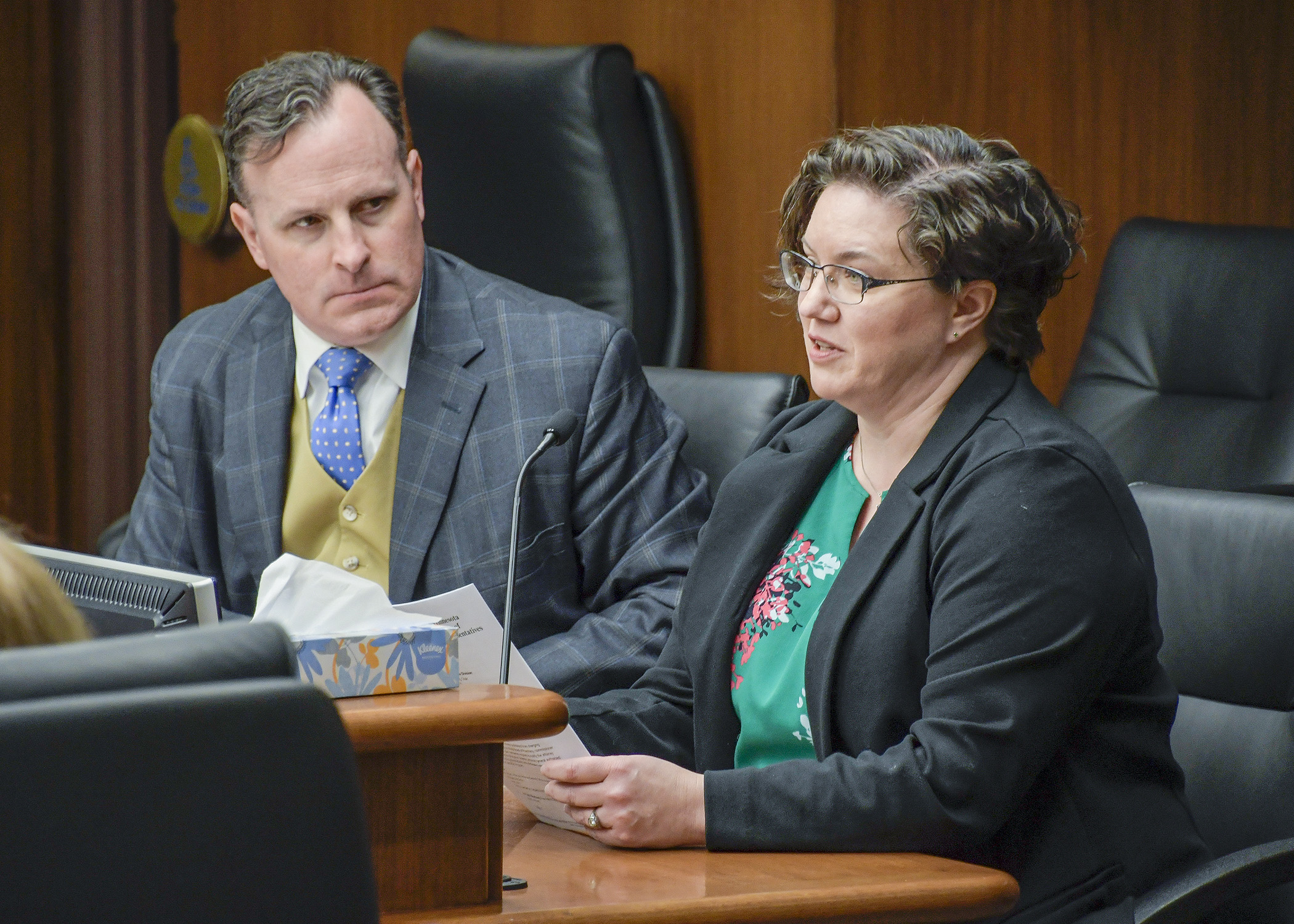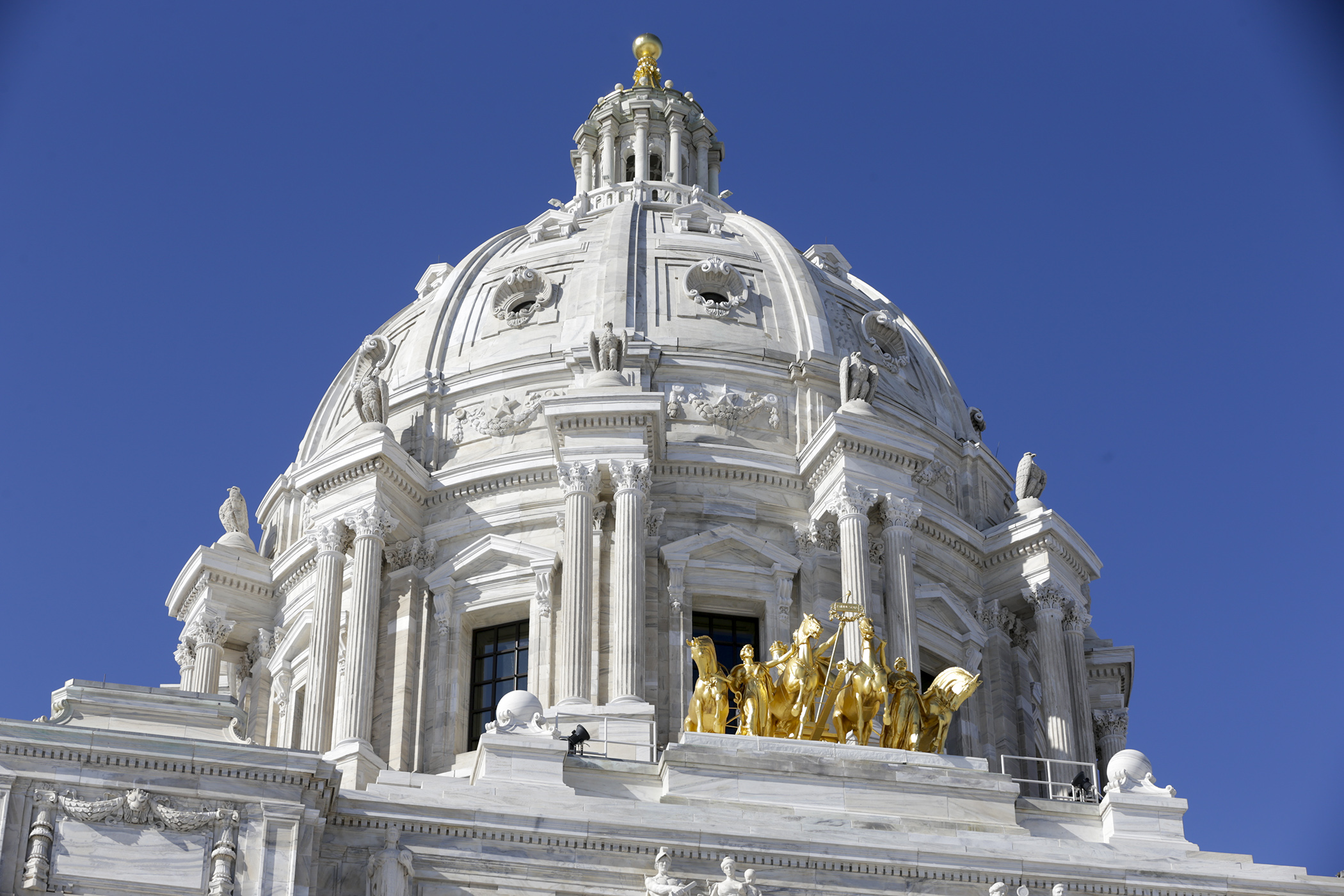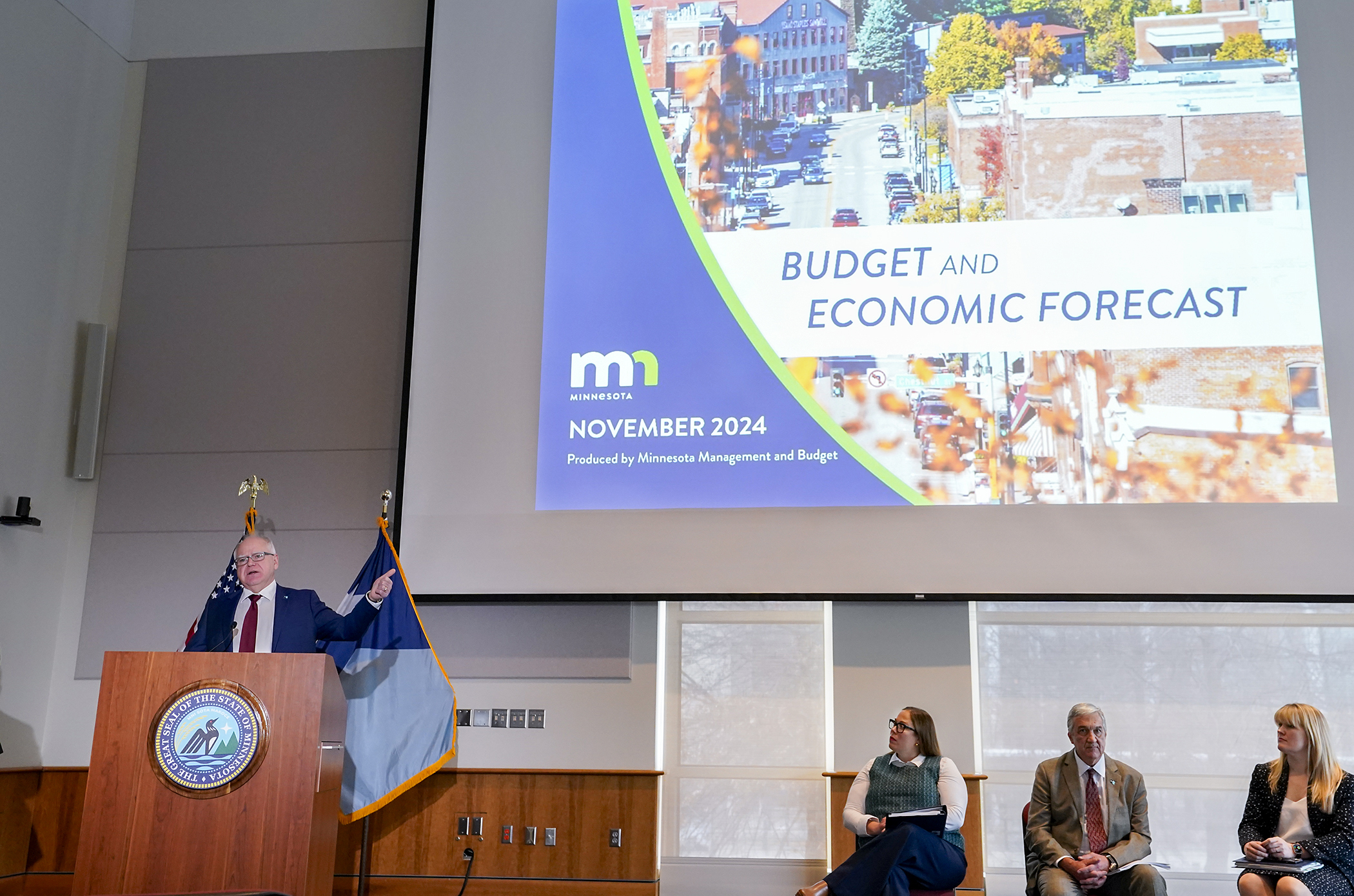Price gouging targeted to cut cost of pharmaceutical drugs

Massive, overnight hikes in the cost of prescription drugs are not “the natural flow of the market,” Rep. John Lesch (DFL-St. Paul) told the House Health and Human Services Finance Division Thursday.
“This isn’t the invisible hand of the marketplace, unless the invisible hand of the marketplace is punching you in the face when you need pharmaceuticals,” he said.
Lesch sponsors HF4, which attempts to address price gouging by barring drug manufacturers and wholesalers from charging “unconscionable” prices for essential prescription drugs.
It also subjects cost hikes to review by the attorney general.
The bill is “substantially the same” as the version considered last year, said Rep. Tina Liebling (DFL-Rochester), the division chair.
HF4 was approved, as amended, and referred to the House Ways and Means Committee. A companion, SF1516, is sponsored by Sen. Matt Klein (DFL-Mendota Heights) and awaits action by the Senate Health and Human Services Finance and Policy Committee.
Erin Heers-McArdle, a jeweler and metal worker with Type 1 narcolepsy, spoke in support of HF4. Only one medication on the market is available to treat her symptoms and price increases have resulted in an annual retail price of $192,400 for the treatment, she said.
Her insurance helps cover that cost, but many people are not so lucky.
“This medicine was developed with our tax dollars, through publically funded research grants,” she said. “There’s no research and development to justify these egregious price increases … The public is paying for medicine twice, once through publically funded research and again at the pharmacy.”
Representing the Association for Accessible Medicines, Judy Cook opposed the legislation, saying it did not provide enough clarity, was unconstitutional, and would negatively impact the manufacturers of generic pharmaceuticals, which play an important role in managing drug costs.
Criticisms about constitutionality were also shared by Sharon Lamberton, deputy vice president for state government advocacy for the Pharmaceutical Research and Manufacturers of America.
Lamberton said the bill would actually limit access to much-needed medication and suggested that legislators focus on other areas for improvement, including insurance design.
Minnesota already has some legislation in place to limit price gouging, but, it’s not clear that those laws include prescription drugs, said Stephen Schondelmeyer, a member of the Minnesota Attorney General’s Advisory Task Force on Lowering Pharmaceutical Drug Prices.
“We’re talking about, here, not just a 10% price increase,” he said. “We’re talking about $1,000 to $5,000 overnight. We’re talking about drugs coming on the marketplace at extremely high prices, beyond what any individual can afford.”
The task force’s report was issued earlier this month and recommends legislation to help lower costs for consumers.
Related Articles
Search Session Daily
Advanced Search OptionsPriority Dailies
Ways and Means Committee OKs House budget resolution
By Mike Cook Total net General Fund expenditures in the 2026-27 biennium will not exceed a hair less than $66.62 billion.
That is the budget resolution approved Tuesday by the House Ways...
Total net General Fund expenditures in the 2026-27 biennium will not exceed a hair less than $66.62 billion.
That is the budget resolution approved Tuesday by the House Ways...
Minnesota's budget outlook worsens in both near, long term
By Rob Hubbard It looks as if those calling for less state spending could get their wish, judging from Thursday’s release of the February 2025 Budget and Economic Forecast.
A state su...
It looks as if those calling for less state spending could get their wish, judging from Thursday’s release of the February 2025 Budget and Economic Forecast.
A state su...